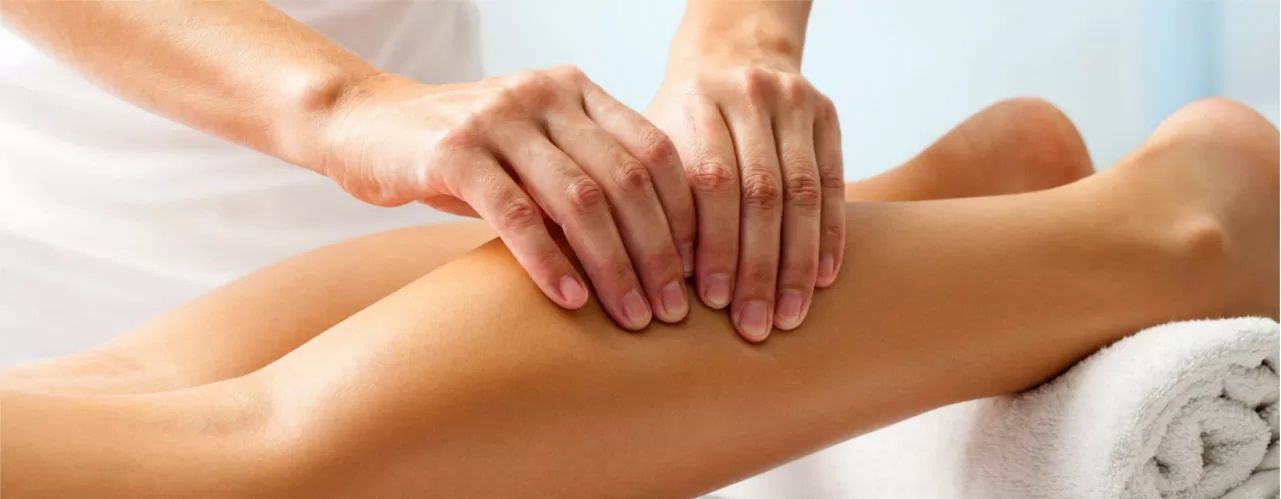
A treatment in which the soft tissues of the body are kneaded, rubbed, tapped, and stroked. Massage therapy may help people relax, relieve stress and pain, lower blood pressure, and improve circulation.
About Massage Therapy
Massage therapy involves the manipulation of the body’s soft tissues through various techniques to promote relaxation, relieve pain, and improve overall health and well-being. It is performed by trained professionals called massage therapists and can be beneficial for a wide range of physical and mental health conditions. Here’s a comprehensive look at massage therapy:
Types of Massage Therapy
Swedish Massage:
- Techniques: Long, gliding strokes, kneading, deep circular movements, vibration, and tapping.
- Benefits: Promotes relaxation, reduces muscle tension, and improves circulation.
Deep Tissue Massage:
- Techniques: Slow, deep strokes targeting deeper layers of muscle and connective tissue.
- Benefits: Relieves chronic muscle pain, improves range of motion, and reduces inflammation.
Sports Massage:
- Techniques: A combination of techniques tailored to the needs of athletes.
- Benefits: Enhances performance, prevents injuries, and promotes faster recovery.
Trigger Point Therapy:
- Techniques: Focuses on specific trigger points or tight areas within muscle tissue that cause pain in other parts of the body.
- Benefits: Relieves localized pain, improves mobility, and reduces referred pain.
Myofascial Release:
- Techniques: Gentle, sustained pressure on the myofascial connective tissue.
- Benefits: Reduces pain and tightness, improves flexibility, and restores normal movement.
Hot Stone Massage:
- Techniques: Placement of heated stones on specific areas of the body, combined with traditional massage techniques.
- Benefits: Promotes deep relaxation, reduces muscle tension, and improves blood flow.
Aromatherapy Massage:
- Techniques: Uses essential oils combined with massage techniques to enhance physical and emotional well-being.
- Benefits: Reduces stress and anxiety, improves mood, and promotes relaxation.
Prenatal Massage:
- Techniques: Gentle techniques designed specifically for pregnant women.
- Benefits: Reduces pregnancy-related discomfort, improves sleep, and enhances overall well-being.
Reflexology:
- Techniques: Application of pressure to specific points on the feet, hands, and ears.
- Benefits: Promotes relaxation, improves circulation, and supports overall health.
Shiatsu:
- Techniques: Uses finger pressure on specific points along the body’s meridians (energy pathways).
- Benefits: Balances energy flow, reduces stress, and promotes healing.
Benefits of Massage Therapy
Physical Benefits:
- Pain Relief: Eases muscle pain and tension, helps manage chronic pain conditions.
- Improved Circulation: Enhances blood flow, which can speed up recovery from injuries.
- Flexibility and Range of Motion: Improves joint flexibility and muscle range of motion.
- Reduced Muscle Tension: Relieves stiffness and soreness, promoting relaxation.
Mental and Emotional Benefits:
- Stress Reduction: Lowers levels of cortisol (stress hormone) and promotes relaxation.
- Improved Mood: Increases levels of serotonin and dopamine, which can improve mood and reduce feelings of anxiety and depression.
- Better Sleep: Promotes deeper and more restful sleep.
Overall Health and Wellness:
- Immune System Support: May enhance immune function by reducing stress and improving circulation.
- Detoxification: Encourages lymphatic drainage, which helps eliminate toxins from the body.
- Enhanced Athletic Performance: Helps athletes prepare for and recover from strenuous activities.
What to Expect During a Massage Therapy Session
Consultation:
- Assessment: The therapist will discuss your health history, current condition, and specific needs or goals.
- Plan: A tailored massage plan is developed based on the assessment.
Preparation:
- Environment: Massage is typically performed in a quiet, comfortable room with dim lighting and calming music.
- Positioning: You will be asked to lie on a massage table, either face up or face down, covered with a sheet or towel for modesty.
Massage:
- Techniques: The therapist will use a combination of techniques suited to your needs.
- Communication: It’s important to communicate with the therapist about pressure levels and comfort.
Aftercare:
- Hydration: Drinking water is recommended to help flush out toxins released during the massage.
- Relaxation: It’s beneficial to rest and allow your body to fully absorb the benefits of the massage.
Choosing a Massage Therapist
- Qualifications: Ensure the therapist is licensed and certified by a recognized body.
- Experience: Look for therapists with experience in the type of massage you need.
- Reputation: Check reviews and testimonials from other clients.
- Consultation: A good therapist will conduct a thorough consultation to understand your needs and create a personalized treatment plan.
Massage therapy can be a valuable part of a holistic approach to health and well-being, offering physical, mental, and emotional benefits. By selecting a qualified therapist and choosing the right type of massage for your needs, you can experience significant improvements in your overall health.



